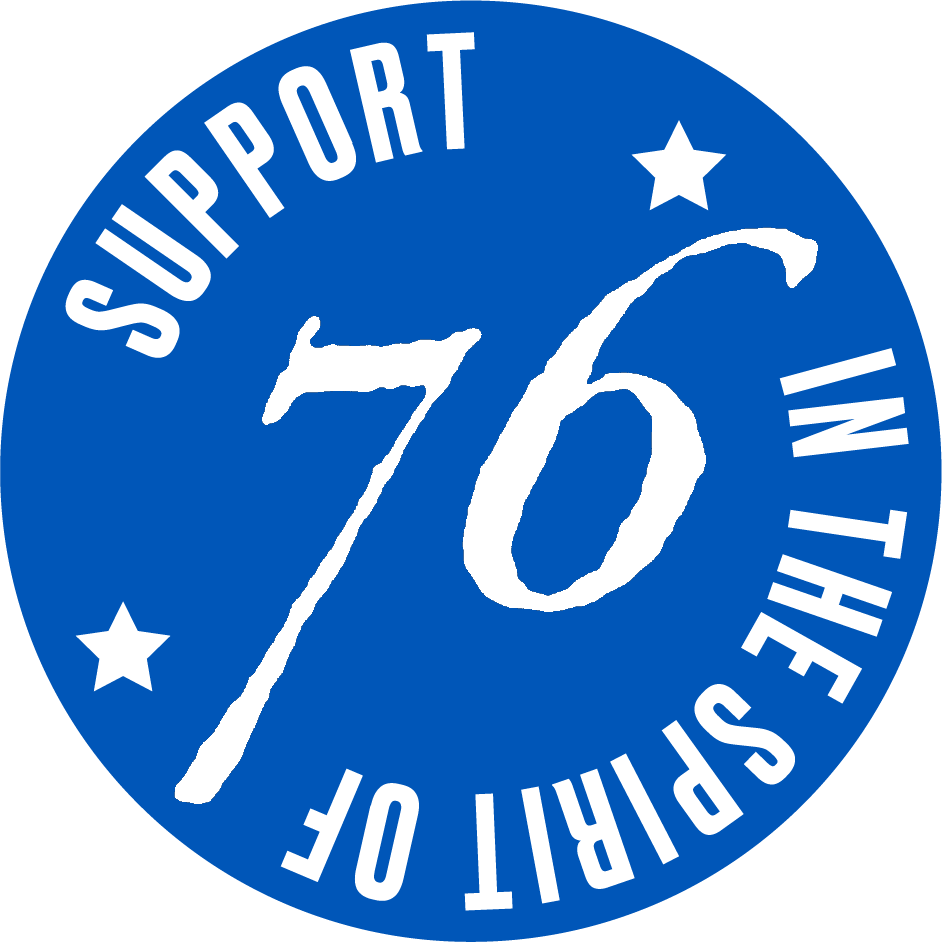Op Ed: We're failing American students by failing to teach them properly
December 24, 2020
This op. ed was originally published in the Connecticut Post on December 15, 2015.
BY: ROGER L. BECKETT
Here’s a simple three-part quiz: What’s Bill of Rights Day, when is it observed, and why was it created?
The answers: Bill of Rights Day commemorates the day in 1791 when the first 10 amendments became a part of the U.S. Constitution. As a matter of law, it is “observed” — casually at best, in most cases — on Dec. 15 of each year.
President Franklin D. Roosevelt, in signing the proclamation in 1941 creating the day, said, “It is fitting that the anniversary of its adoption should be remembered by the Nation which … has enjoyed the immeasurable privileges which that charter guaranteed: the privileges of freedom of religion, freedom of speech, freedom of the press, freedom of assembly, and the free right to petition the Government for redress of grievances.”
These “privileges,” as FDR called them, are essential to the American way of life, but the current generation, as we are seeing on college campuses from coast to coast, doesn’t seem to understand or appreciate the Bill of Rights.
This should come as little surprise since today’s high school students, who in a few short years will take their place on those same college campuses, also don’t understand U.S. government and history. The Bill of Rights? Who cares?
The woeful inadequacy of our secondary schools was clearly in evidence this spring when our “nation’s report card” released the most recent test scores in history and civics. It wasn’t pretty.
Of the nearly 29,000 eighth grade students tested last year as part of the U.S. Department of Education’s National Assessment of Educational Progress, only 18 percent were deemed “proficient” or better in history, and only 23 percent in civics, or government.
Eighty percent of these students, for example, were unable to identify an historical controversy that involved any of the rights identified in the First Amendment (with the amendment spelled out in its entirety).
The problem is not just the valleys in the test scores but also the lack of peaks. Only 1 percent of students performed at the “advanced” level on the history exam and 2 percent on the civics exam.
Twelfth graders weren’t tested in 2014. But the last time they were tested, in 2010, their test scores were little better.
If U.S. high school students don’t understand the meaning and importance of free speech, freedom of the press, the freedom of assembly and other such constitutionally guaranteed “privileges,” how can we expect them to affirm and defend them as college students and adults?
Many people are quick to blame teachers for the shortcomings of America’s schools. I don’t buy that.
America’s 125,000 social studies teachers should not be made into scapegoats. In the 18 years I’ve been with the Ashbrook Center, some 8,000 teachers from across the country have participated in our educational programs. So I’ve had ample opportunity to interact with many teachers and know from first-hand experience they’re not the problem.
The problem is the way teachers are trained. Teachers spend too much time learning how to teach and not enough time learning what to teach.
Without a major change in how teachers are taught, America will continue down the same path, raising generation after generation of students who do not understand what it means to be an American, who equate freedom of speech with “selfies,” who believe freedom of religion requires purging religion from the public square, who think our Founding Fathers — denigrated in popular culture as dead old white men — are irrelevant.
Teaching government and history involves more than just stringing together an agreed-upon chronology of significant dates and events and connecting them with names. To successfully teach U.S. history and government, so students understand and appreciate the principles that define our American character, teachers need to rely less on textbooks and more on the writings and thinking of those who shaped our country.
A good place to start would be to have every student read the Bill of Rights for Bill of Rights Day. Discuss the text and how it applies to our everyday lives.
That’s how students learn.

